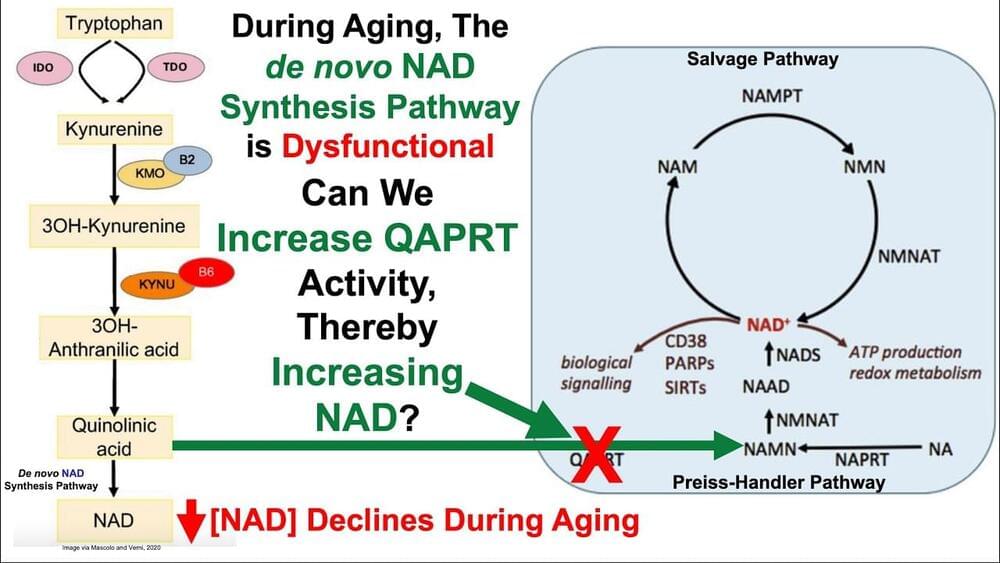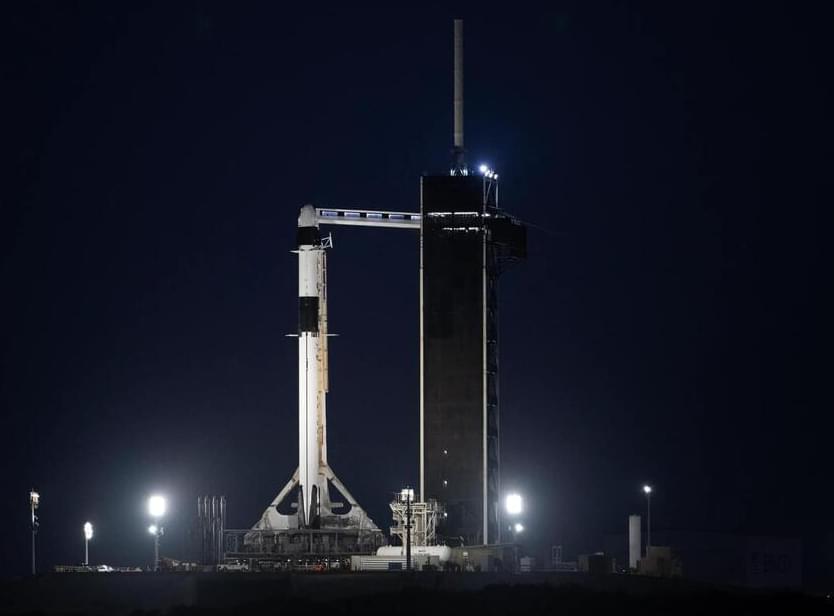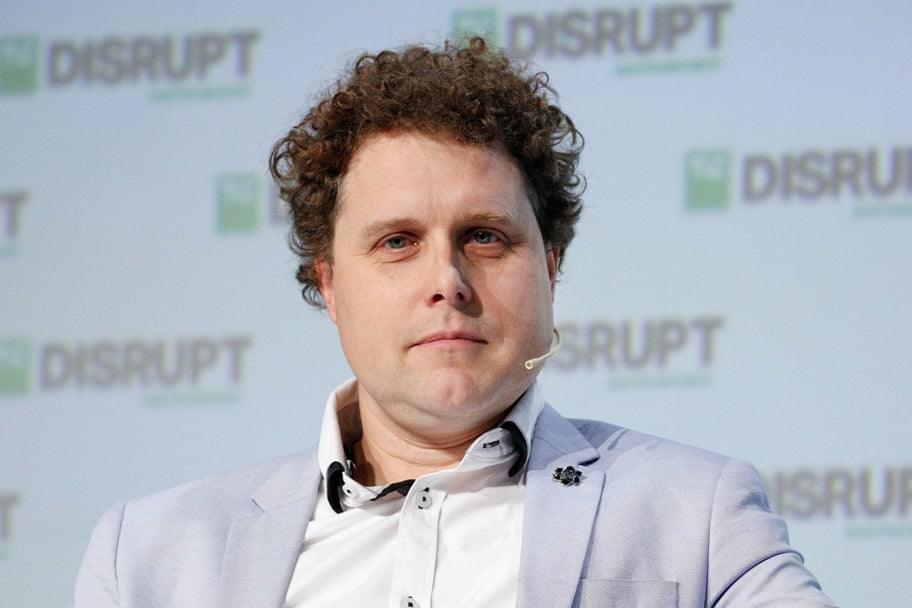Our lifespans might feel like a long time by human standards, but to the Earth it’s the blink of an eye. Even the entirety of human history represents a tiny slither of the vast chronology for our planet. We often think about geological time when looking back into the past, but today we look ahead. What might happen on our planet in the next billion years?
Written and presented by Prof David Kipping, edited by Jorge Casas.
→ Support our research program: https://www.coolworldslab.com/support.
→ Get Stash here! https://teespring.com/stores/cool-worlds-store.
THANK-YOU to our supporters D. Smith, M. Sloan, C. Bottaccini, D. Daughaday, A. Jones, S. Brownlee, N. Kildal, Z. Star, E. West, T. Zajonc, C. Wolfred, L. Skov, G. Benson, A. De Vaal, M. Elliott, B. Daniluk, M. Forbes, S. Vystoropskyi, S. Lee, Z. Danielson, C. Fitzgerald, C. Souter, M. Gillette, T. Jeffcoat, J. Rockett, D. Murphree, S. Hannum, T. Donkin, K. Myers, A. Schoen, K. Dabrowski, J. Black, R. Ramezankhani, J. Armstrong, K. Weber, S. Marks, L. Robinson, S. Roulier, B. Smith, G. Canterbury, J. Cassese, J. Kruger, S. Way, P. Finch, S. Applegate, L. Watson, E. Zahnle, N. Gebben, J. Bergman, E. Dessoi, J. Alexander, C. Macdonald, M. Hedlund, P. Kaup, C. Hays, W. Evans, D. Bansal, J. Curtin, J. Sturm, RAND Corp., M. Donovan, N. Corwin, M. Mangione, K. Howard, L. Deacon, G. Metts, G. Genova, R. Provost, B. Sigurjonsson, G. Fullwood, B. Walford, J. Boyd, N. De Haan, J. Gillmer, R. Williams, E. Garland, A. Leishman, A. Phan Le, R. Lovely, M. Spoto, A. Steele, M. Varenka, K. Yarbrough & F. Demopoulos.
::Music::
Music licensed by SoundStripe.com (SS)[shorturl.at/ptBHI], Artlist.io, via Creative Commons (CC) Attribution License (https://creativecommons.org/licenses/by/4.0/), or with permission from the artist.
► 00:00 Hill — All Flesh Is as the Grass [https://open.spotify.com/track/1WuMK4qy9tUSGMINoEClxL?si=5635838259b34fa4]
► 03:56 Hill — The Great Alchemist [https://open.spotify.com/track/3PAx36jIsKiQMT9CQsRk4G?si=035fc819505445a1]
► 07:50 Outside the Sky — Trillions.
► 11:41 Hill — We Are Unceasing Beings [https://open.spotify.com/track/3TnhawPMycRrPuTnKzNGNN?si=bddf4e61177d48c4]
► 14:57 Indive — Halo Drive.
::Chapters::









